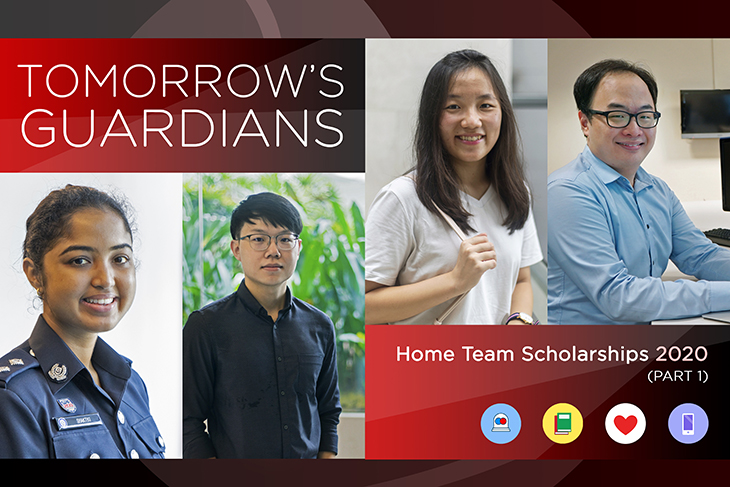Science, Technology, Data. These three factors are crucial in helping Home Team officers optimise their performance.
The Human Performance Centre (HPC) at the
Home Team Academy (HTA) was set up in 2016 to help enhance the performance of Home Team officers. The HPC focuses on Human Factors Engineering, which looks at the design of machines, systems, work processes and environments taking into account the safety, comfort and productivity of users.
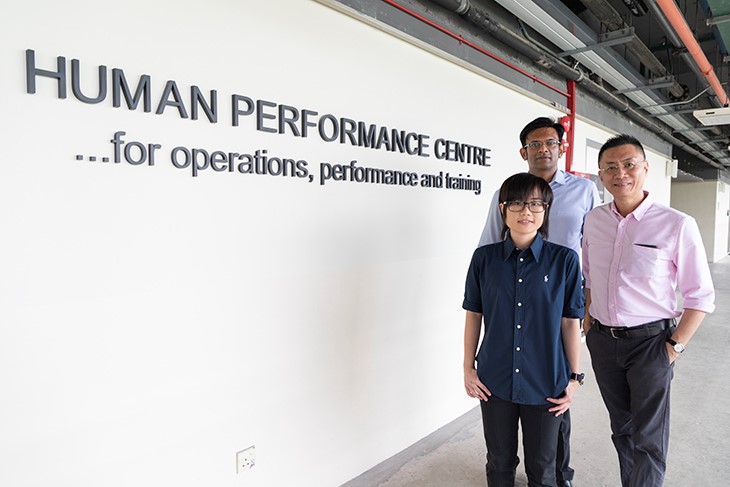
Taking performance to the next level at the HPC (from left): Leong Hin Fong, Dr Saravana Kumarasamy and Ying Meng Fai. PHOTO: Natasha Razak
One of the labs within the HPC is the Workload, Fatigue & Vigilance (LIVE) Lab. Established to address frontline issues within the Home Team, the LIVE Lab comprises three distinct workspaces – the Usability Suite, 3D Body Scanner Suite and Biomechanic Suite. Here’s what they’re all about.
Usability Suite: Putting Users First
This Suite studies human-systems relationships while taking into account factors such as workload fatigue and the performance levels of Home Team officers.
One recent project that was studied here was the
Automated Passenger In-vehicle Clearance System (APICS), a system that seeks to ensure that immigration clearances for vehicle passengers can be more efficient and secure.
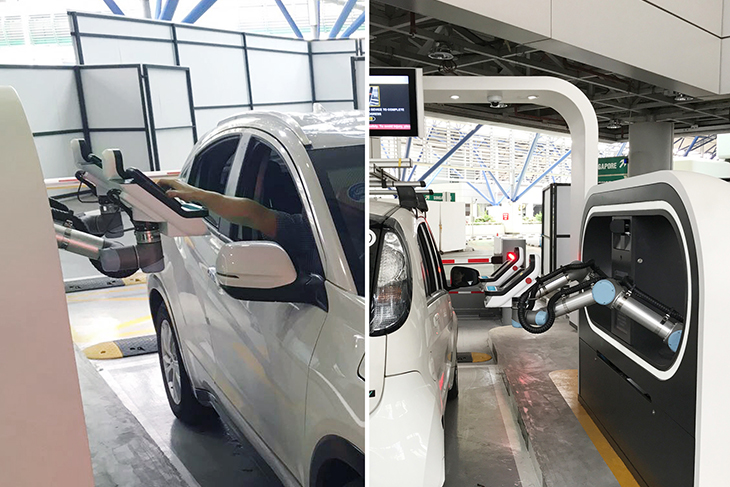
Immigration clearance that’s more efficient and secure: APICS is currently undergoing trials at our land checkpoints. PHOTOS: Home Team News
APICS comprises robotic arms, biometric scanners and facial detection technology. Since travellers are going to operate APICS on their own, trials were run in the Usability Suite to understand how they can best use the system.
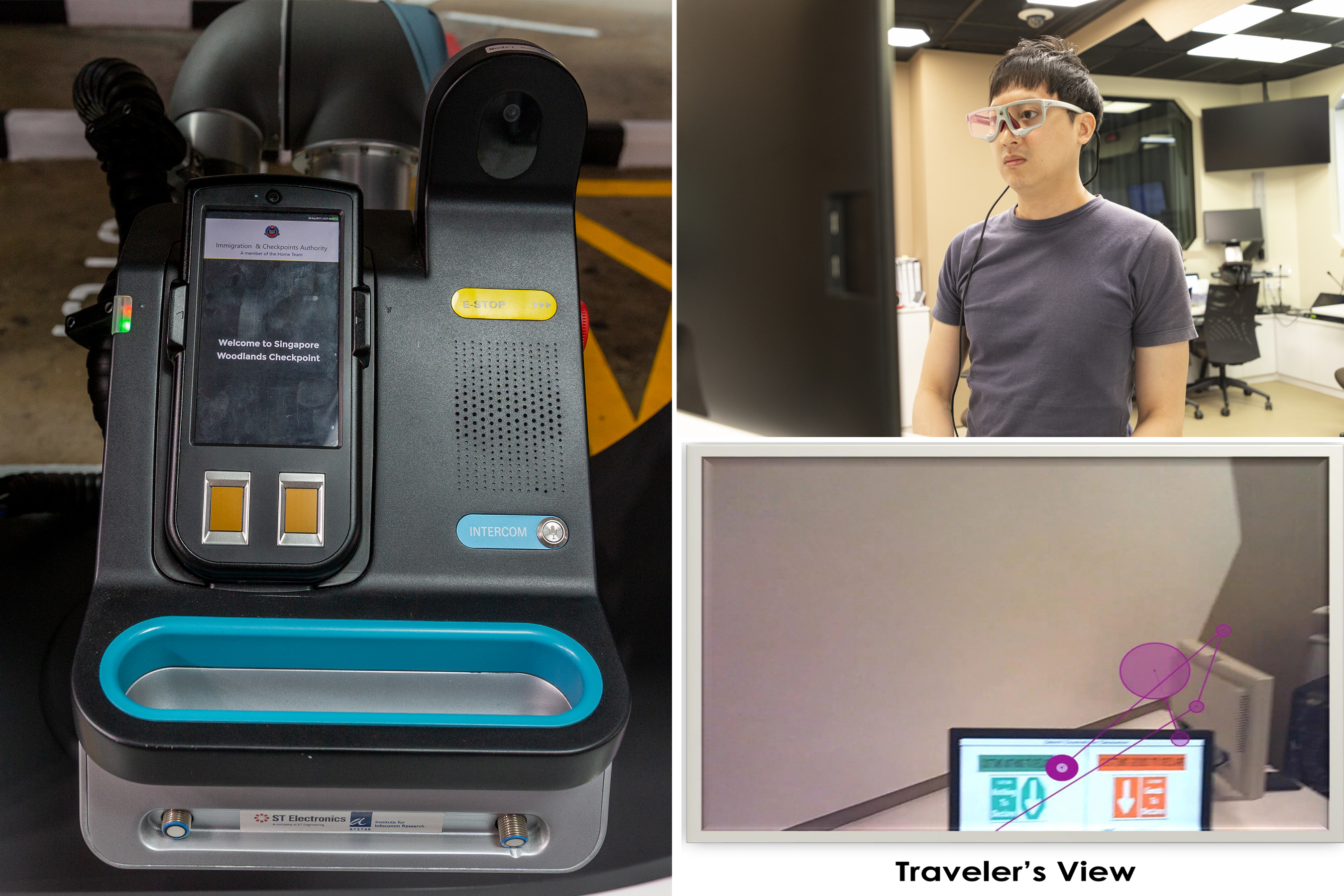
An eye-tracking system was used during lab trials for APICS. PHOTOS: Home Team News, Natasha Razak
Using an eye-tracking system, the HPC team was able to observe how users navigate the APICS interface. The team also used behavioural coding to detect design issues within APICS.
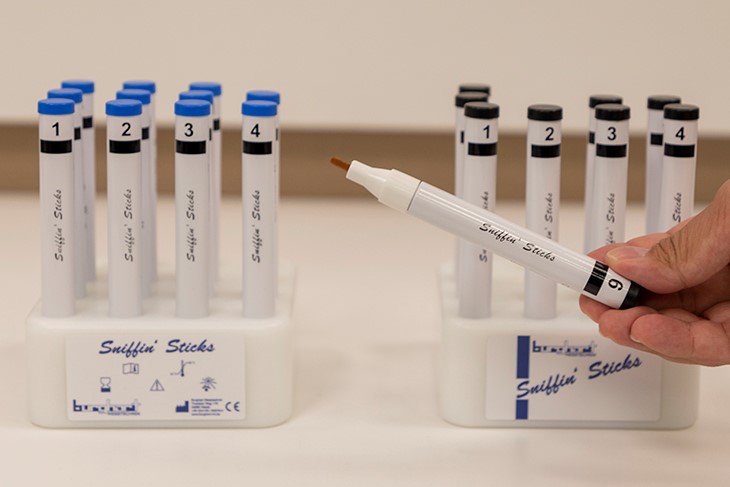
On the nose: Studying how different scents such as mint and lavender can impact our work performance, in order to design better offices and facilities. PHOTO: Natasha Razak
For another project at the Usability Suite, the HPC team studied the effect of different scents on an optimal work environment. These findings will eventually be used to design work environments (such as command centres) with features that combat fatigue and enhance performance.
3D Body Scanner Suite: Getting a Custom Fit
When it comes to dressing up for the job, Home Team officers know that it’s all about function. From HazMat suits and fire-resistant jackets to tactical gear and daily operational wear, it’s vital that our officers don the best possible attire for their work.
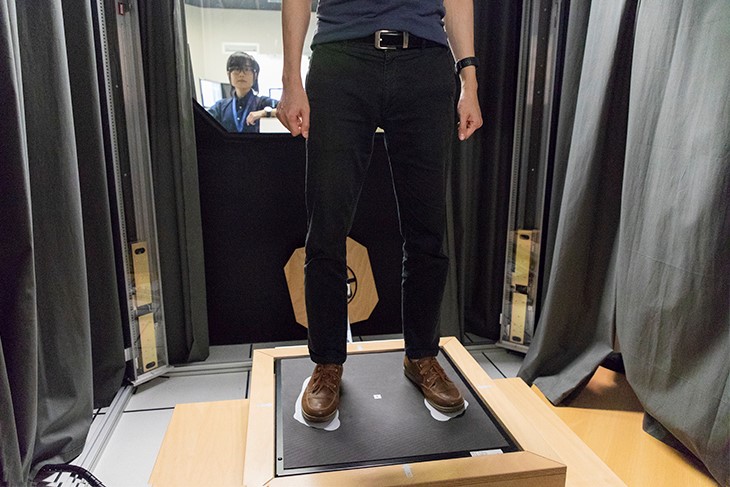
Best fit: A trial subject gets his body dimensions scanned at the 3D Suite. PHOTO: Natasha Razak
That’s where the 3D Body Scanner Suite comes in. It houses a 3D scanner that uses a non-invasive, eye-safe laser to capture 200 dimensions of a person’s body, all within 12 seconds.
But data collection is just one function of this Suite. According to Dr Saravana Kumarasamy, Senior Assistant Director (Human Factors), simulation and modelling are also key. “With such capabilities, we can play a critical role in the front-end planning of projects such as the conceptualisation and design of command centres, so as to accommodate line of vision, reach and clearance,” he said.
“We also plan to conduct a Home-Team-wide Anthropometry study to create a database of body dimensions for future projects,” said Ying Meng Fai, Deputy Director (Human Performance). “This could lead to the development of technology that optimises the performance of Home Team officers. From workstation design to vehicle ergonomics, the possibilities are endless.”
Biomechanic Suite: Let’s Get Physical
The HPC’s Biomechanic Suite aims to address issues related to physical ergonomics faced by Home Team officers, utilising a tactile measurement system comprising pressure sensors placed in a highly concentrated manner.
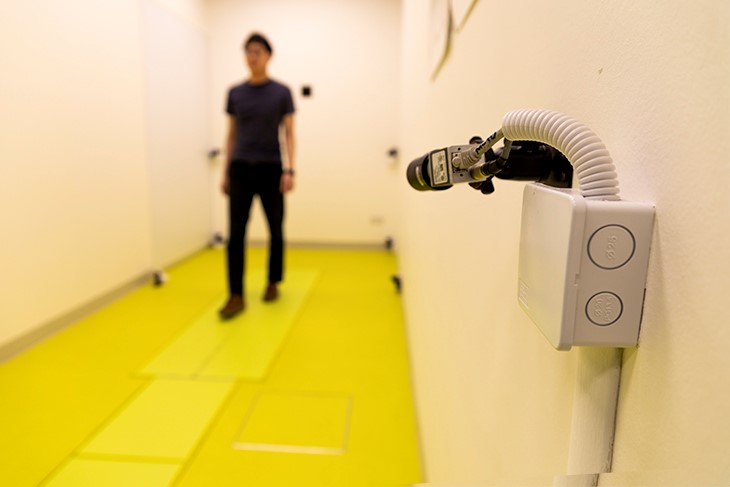
Setting the pace: A sensor mat collects data from subjects who walk across it. PHOTO: Natasha Razak
One project that was developed within the Biomechanic Suite is the
Singapore Civil Defence Force’s
Exoskeleton prototype. This ingenious system helps firefighters increase their load-bearing capacity in order to carry equipment or convey casualties with minimal fatigue.
“When a firefighter wearing the Exoskeleton walks down the pressure sensors, data on his pressure points is recorded,” said Dr Saravana. “This helps us to better study his mobility and tactile comfort.”
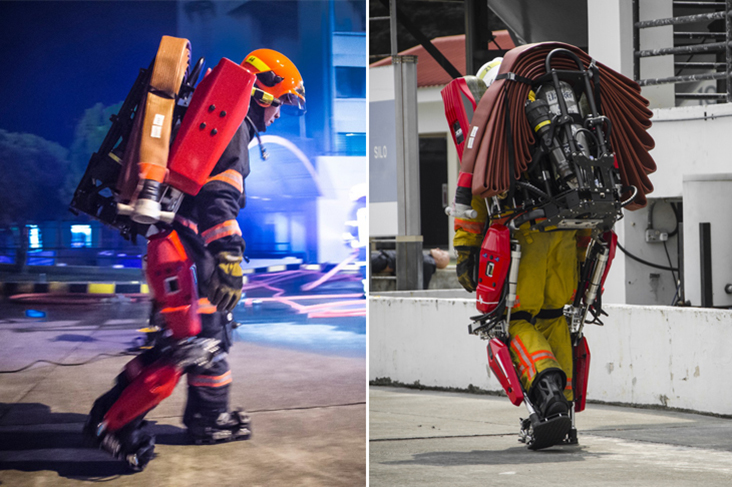
The SCDF Exoskeleton prototype in action. PHOTOS: SCDF, Home Team News
“With this data, we can quantify and assess the relevant Human Factors to provide design recommendations that enhance the design of the Exoskeleton prototype,” said Meng Fai. “Our findings and recommendations will also help SCDF make better choices when it comes to evaluating prototypes.”
Projects like the SCDF Exoskeleton prototype demonstrate how research facilities such as the HPC can help Home Team officers perform better and more efficiently on the ground. “The work that we do is translational in nature,” explained HPC Lab Manager Leong Hin Fong. “We apply Science and Technology to address critical needs in the Home Team, in order to achieve meaningful outcomes!”









